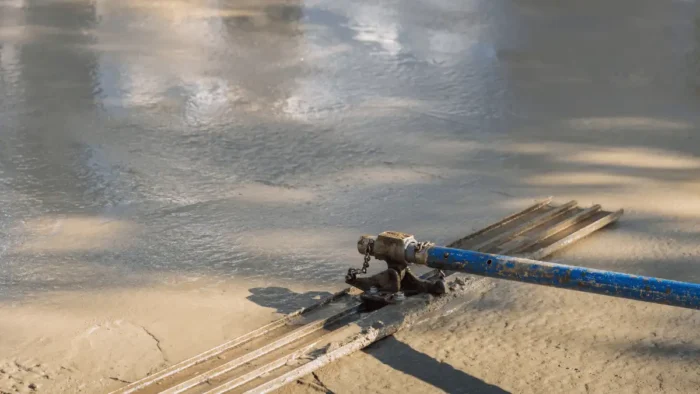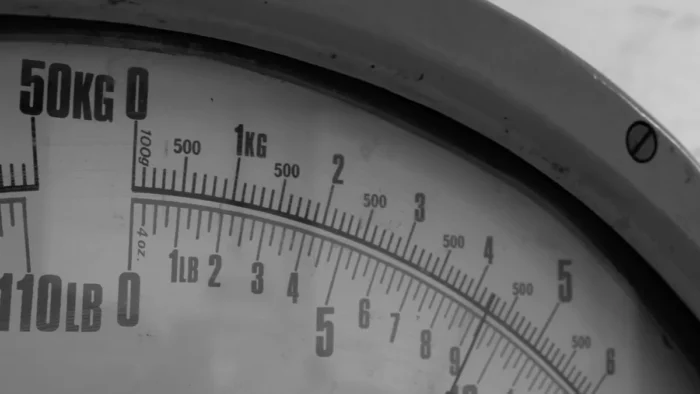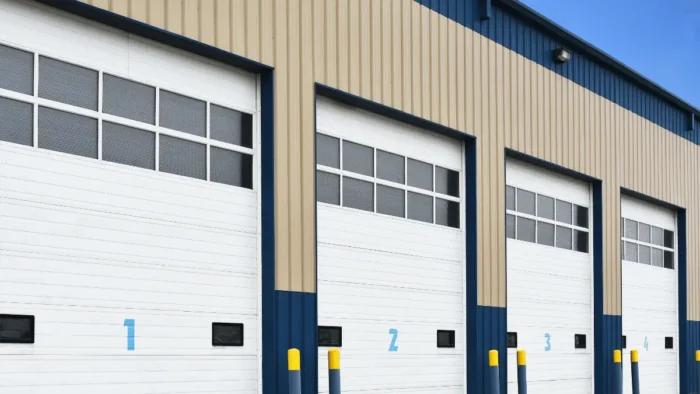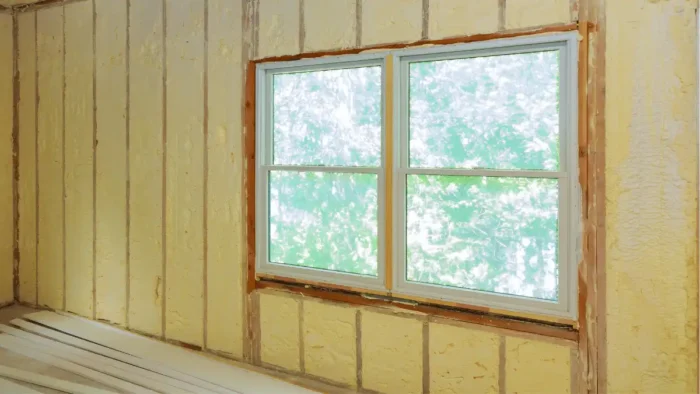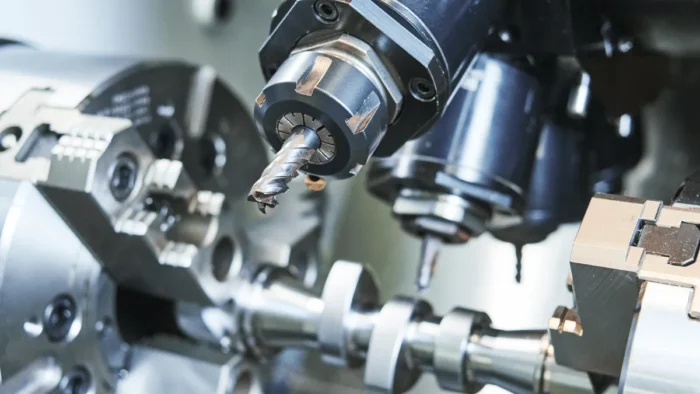When working with concrete, the precision and accuracy required can be daunting for even seasoned professionals. From ensuring you have the right tools to ensure your mixtures achieve consistent results over time, plenty of factors need to be considered. However, with the proper guide and approach, anyone can master the art of working with concrete successfully without breaking a sweat.
Today, we’ll explore all the essential elements to ensure your concrete projects succeed.
1. Measuring and Mixing Tools
The foundation of any successful concrete project lies in accurate measurements and consistent mixing. A concrete flooring and surface preparation specialist at Niagara Machine recommends investing in a mixer to help streamline the mixing process. A mixer ensures the concrete is consistently mixed to the right consistency, reducing the chances of weak spots in the final product. A mixing tub and a sturdy shovel or hoe will suffice without a mixer.
Whether you choose a portable or stationary mixer, it’s crucial to ensure that it can effectively mix all the ingredients required for concrete – including cement, water, aggregates, and additives. Some other essential tools for measuring and mixing include:
- Measuring cups or buckets
- A trowel or shovel for scooping materials
- A wheelbarrow or mixing tub
- A concrete hoe or rake for proper blending
2. Protection Gear
Working with concrete can pose several potential hazards if proper precautions are not taken, making the use of safety gear paramount. Personal protective equipment (PPE) is at this core designed to minimize exposure to various hazards. Gloves are crucial, as concrete can cause chemical burns, and the coarse aggregates can irritate the skin. Safety glasses provide eye protection against dust or splatter, while sturdy, water-resistant boots guard against burns and ensure traction in slippery conditions.
A respirator or dust mask helps mitigate the inhalation of harmful dust particles. Lastly, long sleeves and pants add protection, preventing direct contact between skin and concrete. Always wash your safety gear after each use to ensure effectiveness and longevity.
3. Preparation Tools
Before pouring concrete, preparing the site properly and ensuring a smooth and level surface is essential. Some tools that can aid in this process include:
- A screed or straight board for smoothing and leveling out concrete.
- A bull float can help remove imperfections on the surface of wet concrete.
- An edger or groover creates clean edges and joints in the concrete.
- A jointer for creating control joints to prevent cracks from forming.
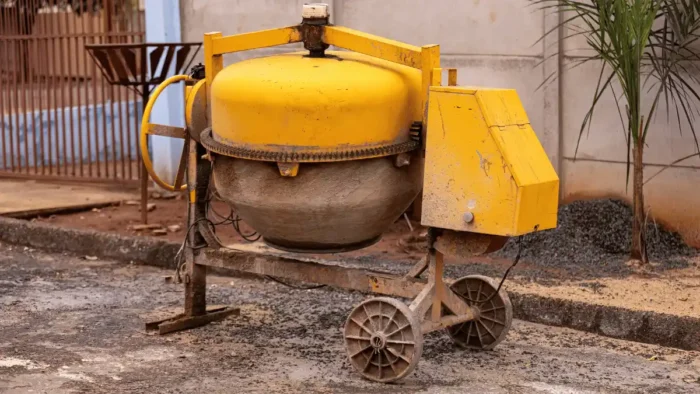
4. Curing and Sealing Tools
Curing and sealing are crucial steps in concrete work, helping to ensure the durability and longevity of the finished project. For curing, one will require water-retaining devices like curing blankets or covers, which facilitate slow and even drying of the concrete, preventing cracks and enhancing strength. A curing box may be necessary for indoor projects or in cooler climates to maintain optimal curing temperatures.
Sealing, which creates a barrier against moisture and environmental elements, requires various tools. Firstly, use a high-quality concrete sealer based on your project’s specific needs. Apply the sealer with a paint roller or sprayer for even distribution. For larger projects, a commercial-grade sprayer may be more efficient. Additionally, a small handheld brush is useful for corners and hard-to-reach areas. Remember to allow adequate drying time between curing and sealing for optimal results.
5. Finishing Tools
The final stage of any concrete project involves finishing and detailing the surface. This is where tools like a trowel and a magnesium float come in handy, helping to achieve a smooth, consistent finish on the concrete surface. Other tools that may be used for specialized finishes include:
- A concrete trowel or broom for a brushed or textured finish.
- An acid wash to create an etched pattern on the surface.
It’s also important to remember that not all tools are created equal, and investing in high-quality tools can make all the difference in achieving professional results. With the right tools at your disposal, working with
6. Clean-up Tools
Concrete work can be messy, and it’s crucial to have the right tools on hand for quick and efficient clean-up. Some essential tools to have include:
Regularly maintaining your tools and keeping them clean will extend their lifespan and ensure they are always in good working condition when needed.
Conclusion
With these essential tools, you’ll be well on your way to mastering the art of working with concrete. Always prioritize safety and accuracy, be bold, and ask for guidance from experienced professionals when needed. You’ll quickly create high-quality, durable concrete projects with practice and the right tools. So start your next project confidently, knowing you have all the necessary tools to succeed.

